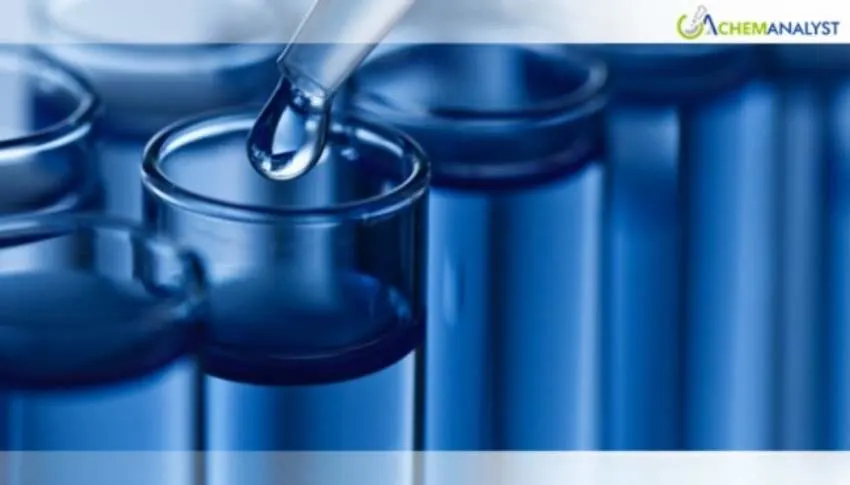Welcome To ChemAnalyst

In late July 2025, formic acid prices declined in the U.S. due to oversupply and weak demand, rose in India on robust exports and government support, remained stable in Europe with balanced supply-demand, and strengthened in Saudi Arabia amid tight imports and strong downstream use.
The international formic acid market had a mixed regional pattern in the last two weeks of July 2025 that captured a sophisticated interaction of supply chain problems, changing patterns of demand, and dynamic policy structures. Formic acid prices dropped in the United States on account of supply issues and weaker demand. However, the prices increased in India as a result of robust export performance and government support to agriculture and steadied in Europe in spite of logistical challenges and hardened in Saudi Arabia on account of short supply and growing downstream use.
In the U.S., formic acid experienced considerable downward pressure during the second half July 25, which was mainly induced by production and transportation breaks as well as softened downstream demand associated with lower new-crop feed grain harvest. Houston port congestion added to inventory build-up, aggravating softness in tauhe market. However, formic acid supply-demand underpinnings improved by second half of July on the back of the USDA's prediction of a tighter 2025/26 feed grain supply and regulatory reform favoring domestic textile procurement. In spite of near-term surplus, strong long-term demand suggests cautiously balanced outlook for the market.
India's formic acid market continued its bullish run through out second half of July, driven by strong downstream off-take in textiles, leather, and agrochemical exports. Recently concluded India–UK Free Trade Agreement is stimulating export expansion, while state-sponsored programs like increased maize production are supporting feedstock supply. These supporting factors have entrenched production and demand, though nascent shifts towards synthetic leather and closed-loop tanning systems introduce complexity to future consumption patterns.
European formic acid market, particularly Germany and Belgium, had remained stable amidst well-balanced demand and supply conditions. Formic acid production remained uninterrupted, and feedstock methanol supplies were stable despite ongoing logistical constraints at main ports such as Hamburg and Antwerp. Industrial demand from leather, silage, and pharmaceutical industries remained steady, with prices mainly range-bound. Structural cost pressures from feedstock import reliance, increasing energy prices, and stringent storage regulations deserve continued monitoring.
Saudi Arabia formic acid prices strengthened under extremely tight supply fundamentals and firm downstream demand attributable to national industrial development plans across poultry, leather, rubber, and oilfield chemical industries. Virtual dependence on imports increases the sensitivity of the market cost sensitivity to logistical delay and regional security conditions. These drivers are likely to maintain price pressure upwards as new production facilities enter the market.
ChemAnalyst expects formic acid prices to soften in the U.S. because of excess availability and logistic limitations, increase further in India backed by robust exports and industry growth, stay firm in Germany and Belgium with balanced supply and firm demand, and remain supportive in Saudi Arabia because of dependency on imports and widening industrial demand.
We use cookies to deliver the best possible experience on our website. To learn more, visit our Privacy Policy. By continuing to use this site or by closing this box, you consent to our use of cookies. More info.
